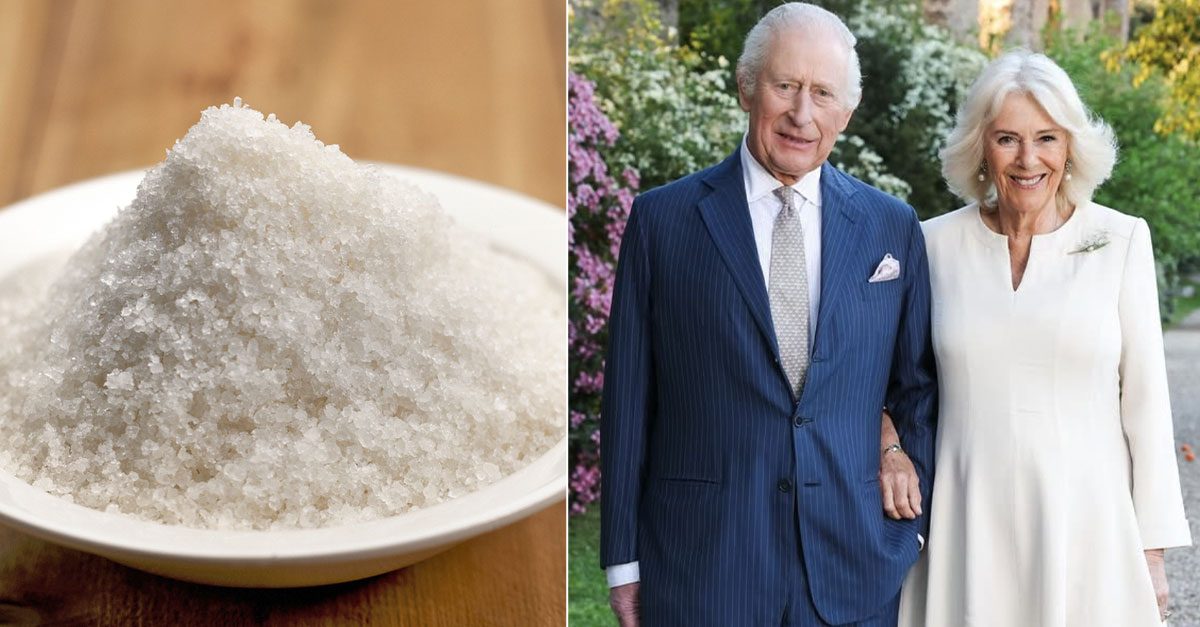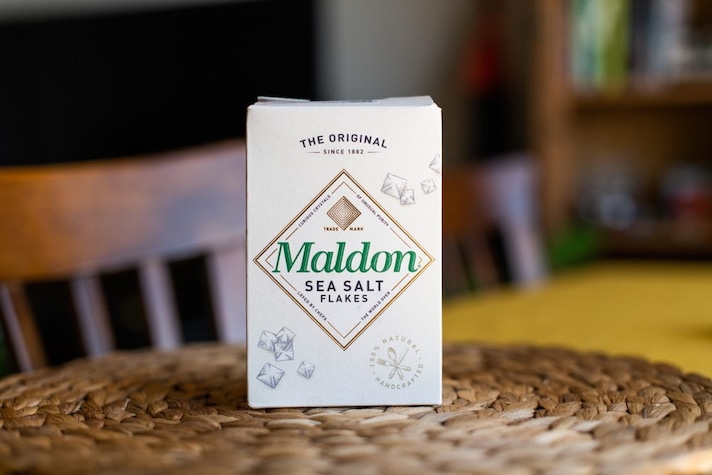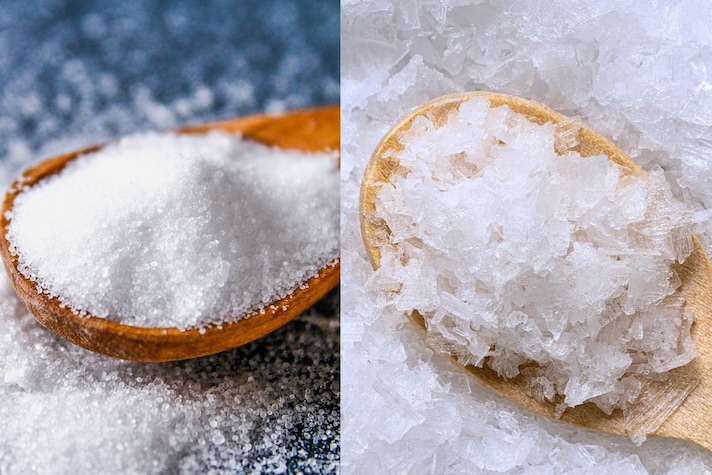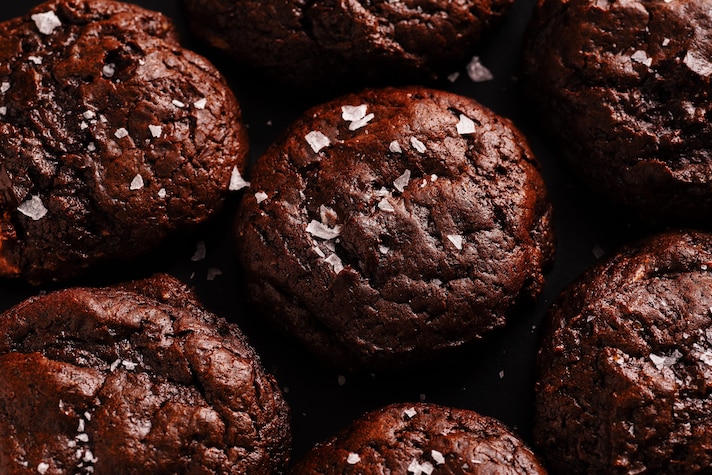What is Maldon Salt? Here’s What Makes The Royal Family’s Salt Different From All Other Types
Produced by only one company in the world, in the county of Essex, Maldon salt is prized and of the highest quality, so much so that it has earned a special honor from the British Royal Family. But how is it different from normal table salt?
;Resize,width=742;)
Himalayan pink, Cyprus black, Hawaiian red: how many types of salt have we come across in recent years? In this article, however, we want to tell you about a type that perhaps many people know – at least visually – but which is still little used in home kitchens: Maldon salt. Let's find out where it comes from and what its characteristics are (and how it became the official salt of the British royal family).
A Special Flaked Salt
Maldon salt is nothing more than a type of salt that, compared to normal table salt formed by cubic crystals, has larger crystals of a different shape: a sort of small pyramidal flakes that the English call flakes. Thanks to its particular shape, this salt does not dissolve quickly, giving dishes a very particular flavor and crunchiness, and for this reason it is used in particular to complete dishes at the end of cooking.
A History Spanning Four Generations
Maldon salt is produced exclusively in the town of Maldon, in Essex (a county in eastern England), located at the mouth of the River Blackwater. Today the only producer of this ingredient is the Maldon Crystal Salt Company, a family-run business, which has been producing this type of salt since 1882.
Despite having passed through four generations, the processing method has remained almost unchanged, with the exception of the energy sources that have changed from coal to natural gas and electricity. The process consists of several phases: the sea water, after being filtered, is poured into large shallow tanks and brought to the boil; at this point the temperature is lowered in order to encourage slower evaporation, thanks to which salt crystals begin to form on the surface of the tank, which are then collected strictly by hand.
Maldon salt has always been produced in this way: this is because the British peninsula, unlike the salt pans on the Mediterranean coasts, does not enjoy a warm, dry climate that can be exploited for the production of salt.

A Royal Salt: The Royal Family's Recognition
So good and so special that Maldon salt has even become the official salt of the Royal Family. In 2010, in fact, it seems that Queen Elizabeth II went to visit the Maldon salt works: two years later she granted them the Royal Warrant of Appointment, a symbol of excellence, an honour from the Royal Family granted to an organization or activity, as official suppliers of sea salt.
Differences With Table Salt
Contrary to popular belief, Maldon salt does not have a greater salting capacity than normal salt: this perception is only due to the fact that its crystals, being larger, occupy a greater surface area in contact with the tongue. And if you are thinking that it may have some kind of beneficial effect – like the colored variants which, in reality, do not have any – we are sorry to disappoint you: in fact, like normal salt, it is made up of sodium chloride and some traces of minerals in such a low percentage (just over 1%) that we must consume a very high quantity – harmful for us – to benefit from it. This also means that, obviously, it should be used sparingly as excessive consumption can cause the same problems as table salt.

From Meat to Biscuits: How to Use Maldon Salt in Cooking
Unlike table salt, Maldon salt is more difficult to find on the market: it is possible to buy it in more specialized food shops, where there is the possibility of finding more refined ingredients, or you can buy it easily online.
As for its use in the kitchen, the laziest will think that Maldon salt can only be used to salt food, but for those who have a pinch of creativity it can be an extremely versatile ingredient. It is excellent for salting food at the end of cooking and as a finishing touch to a dish, very suitable with soft-textured foods , such as some types of cheese, where it works by contrast. For lovers of sweet and salty combinations, Maldon salt is exceptional for completing desserts, such as biscuits or brownies, but also in combination with chocolate or caramel.
One last piece of advice: avoid using it to salt pasta during cooking. Its peculiarity, in fact, lies precisely in its shape and consistency which, obviously, would risk being lost at high temperatures. Furthermore, being a more valuable product, it has a higher cost than the average of normal cooking salt (it is ranges from about $1.23 to $10.50 for 100 grams of product) and therefore it is “wasted” to use it in pasta.

The Spicy Variants
The Maldon Sea Salt Company also produces a smoked version of their salt, made using a low-temperature process using English oak. This particular version gives dishes a spicy, strong flavor, especially on white meats and sautéed vegetables, but also on marinated meats and baked fish. More recently, however, are the Maldon salt flavored with garlic, mixed with wild and roasted garlic, and with chili, made with the characteristic chili of Aleppo and a typical Thai variety called Bird's Eye.
;Resize,width=767;)
;Resize,width=712;)
;Resize,width=712;)

